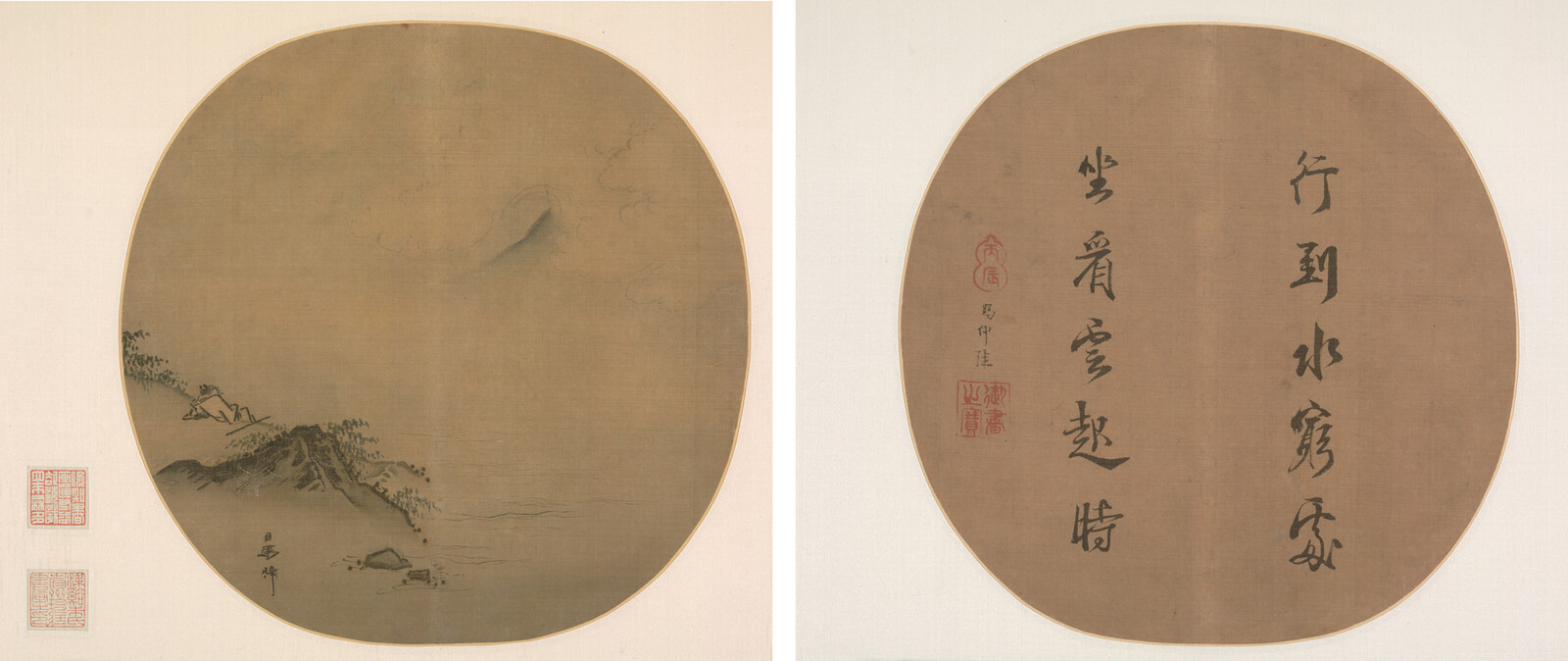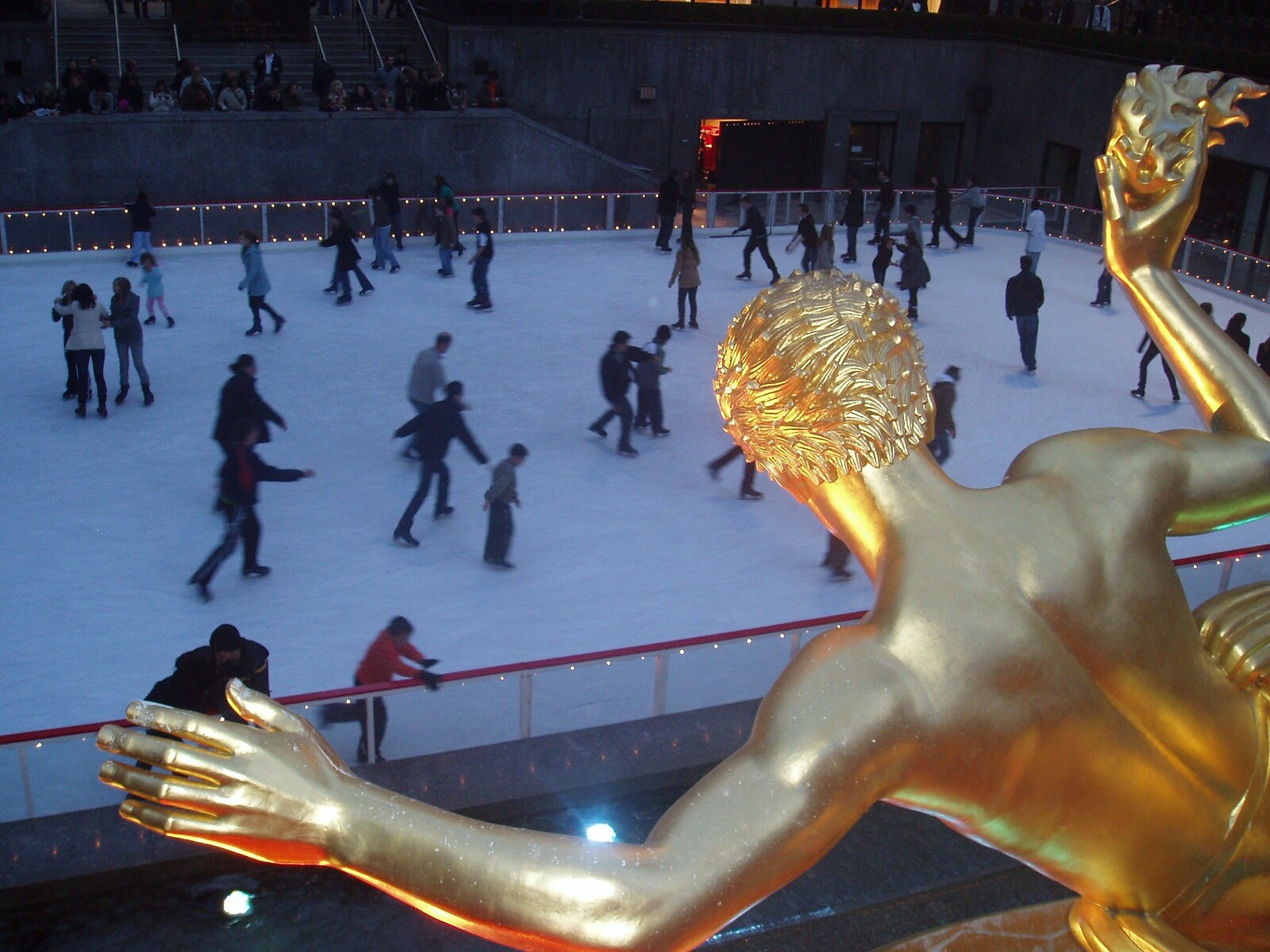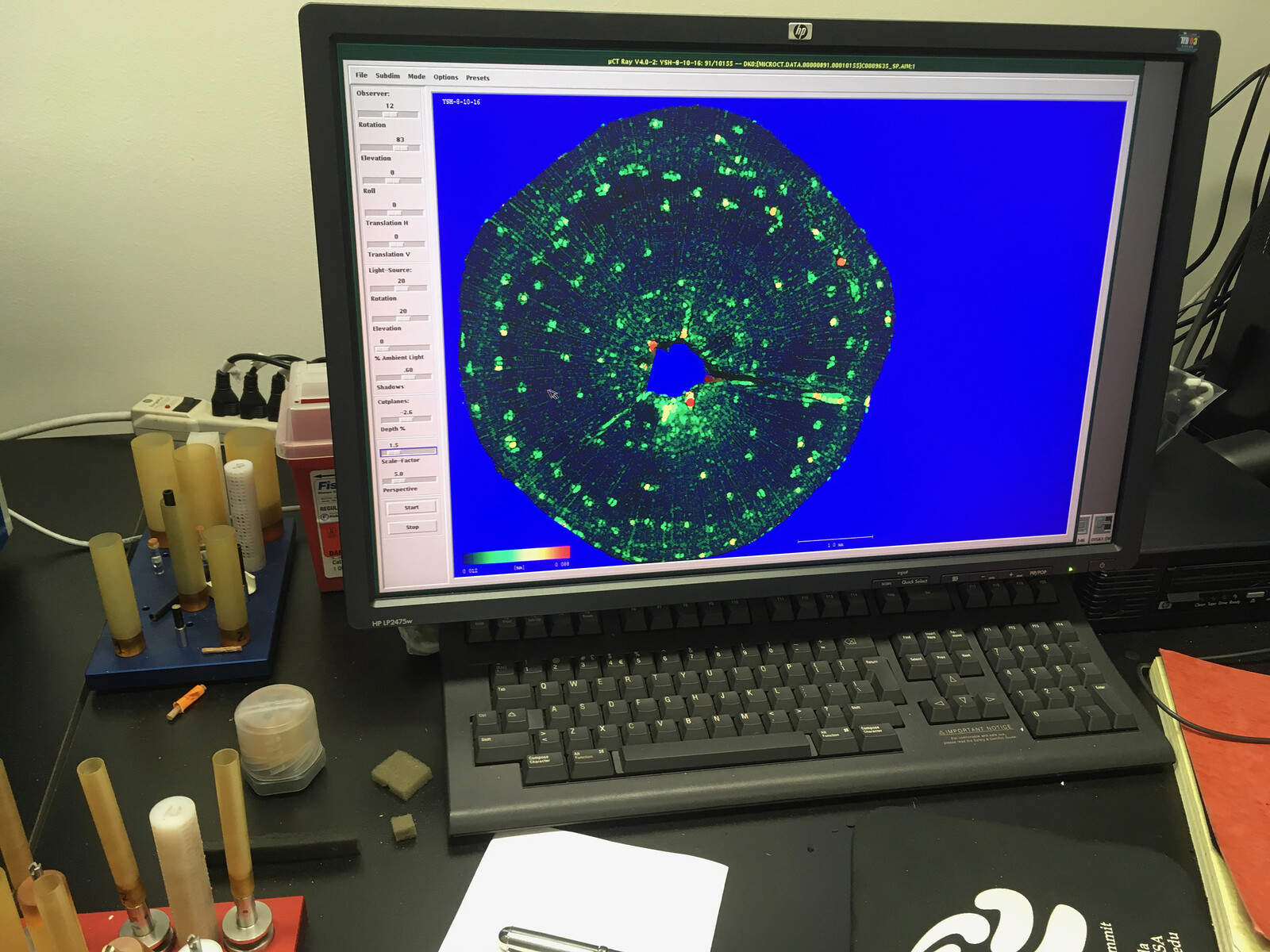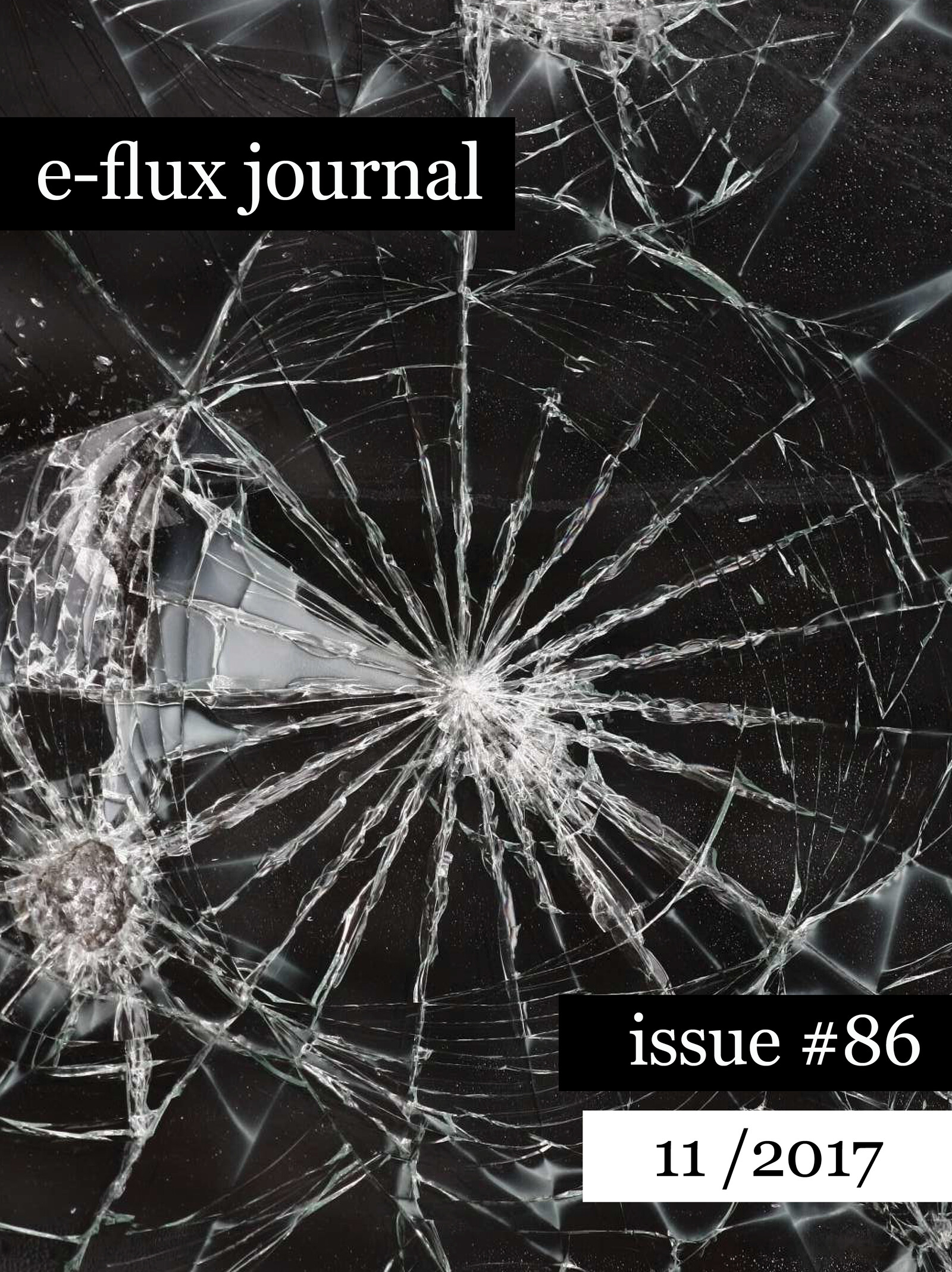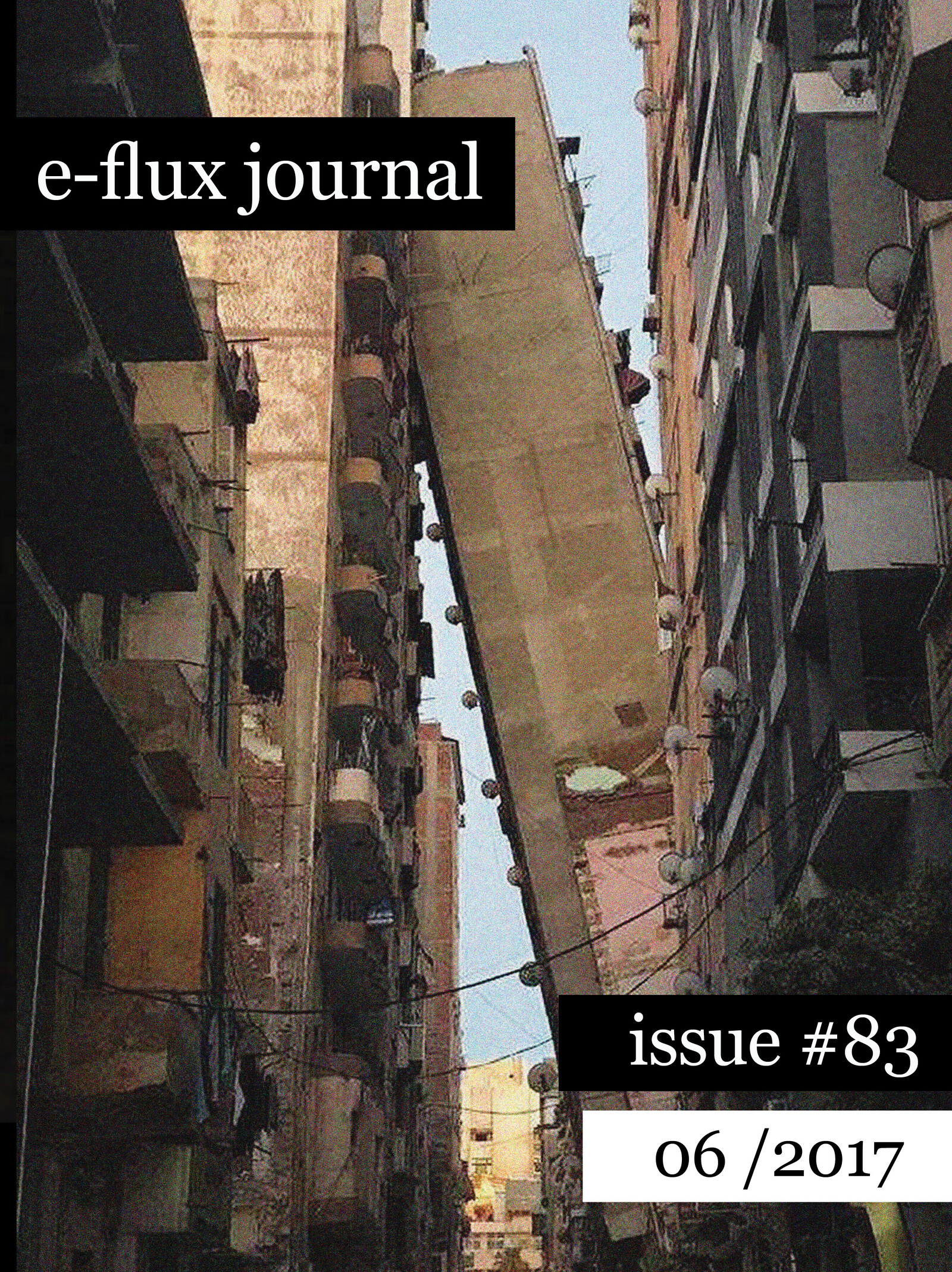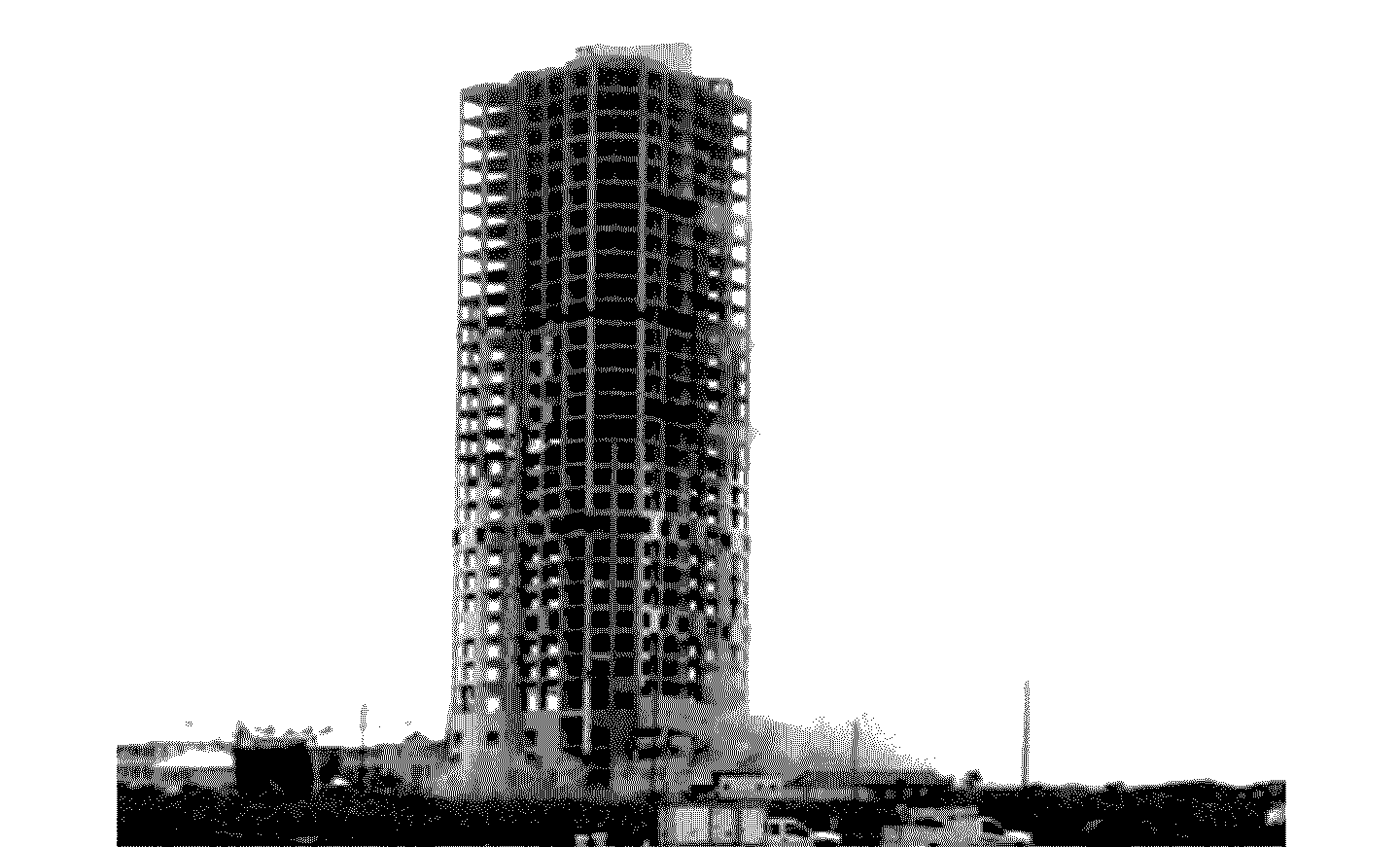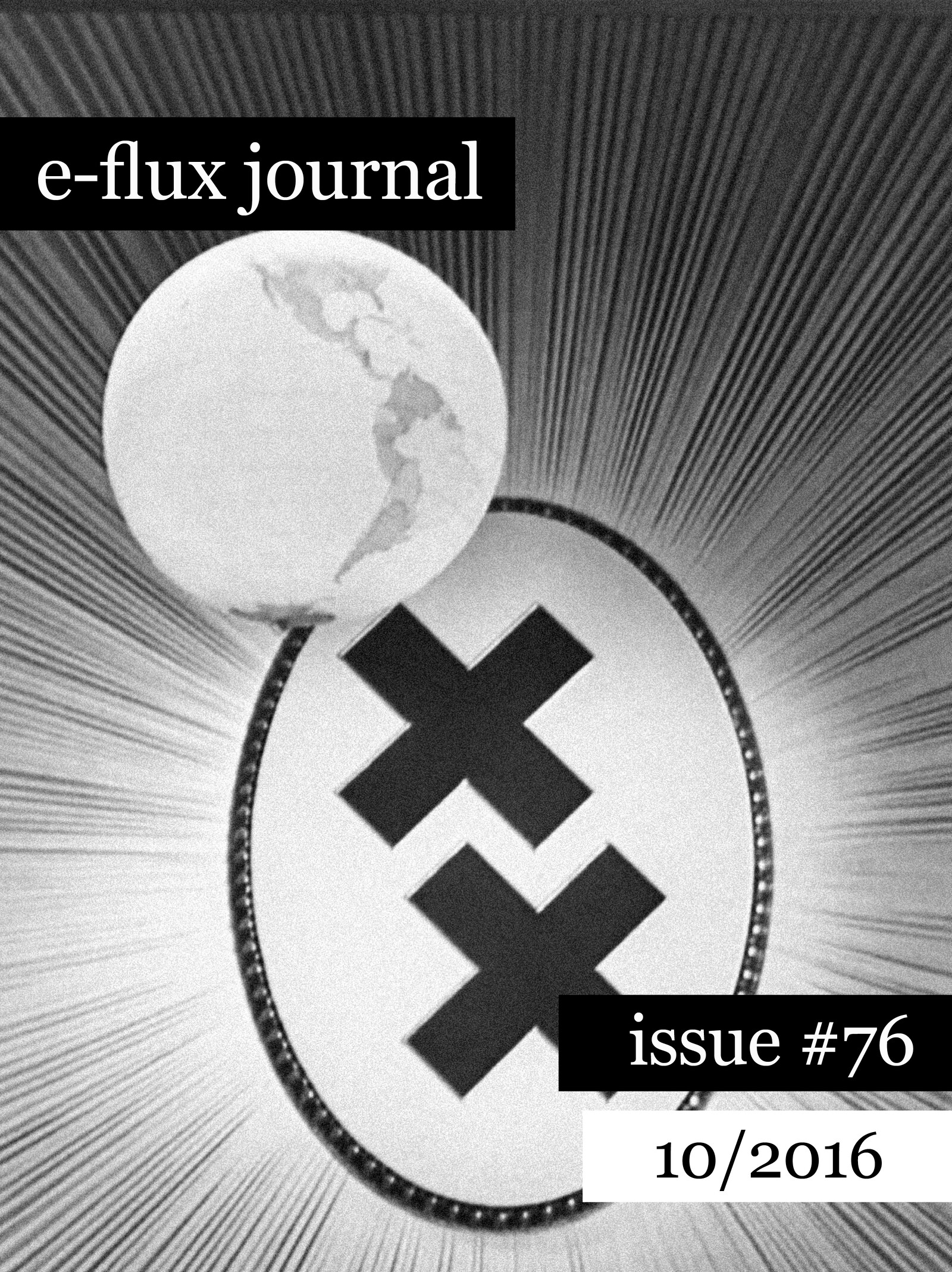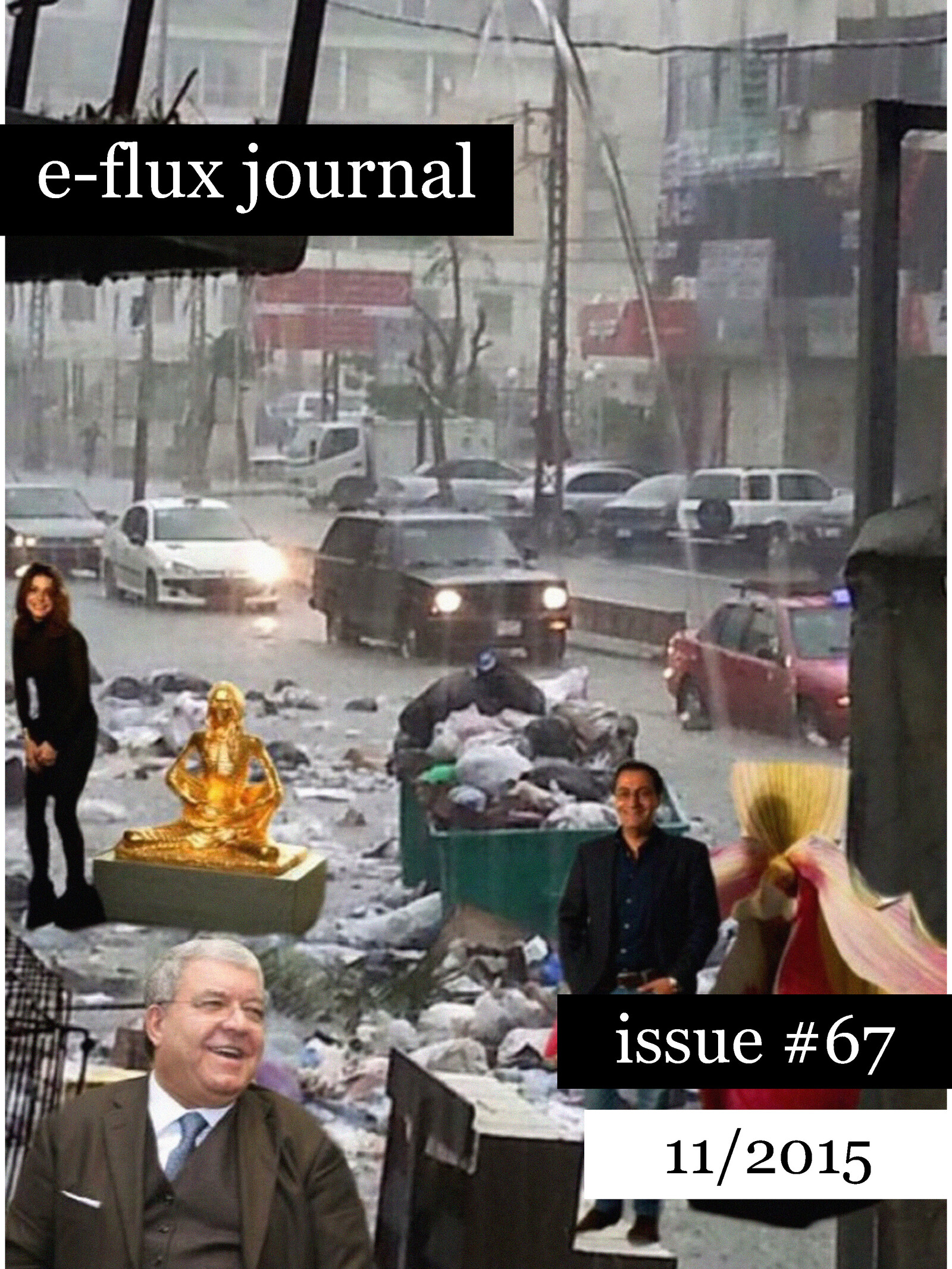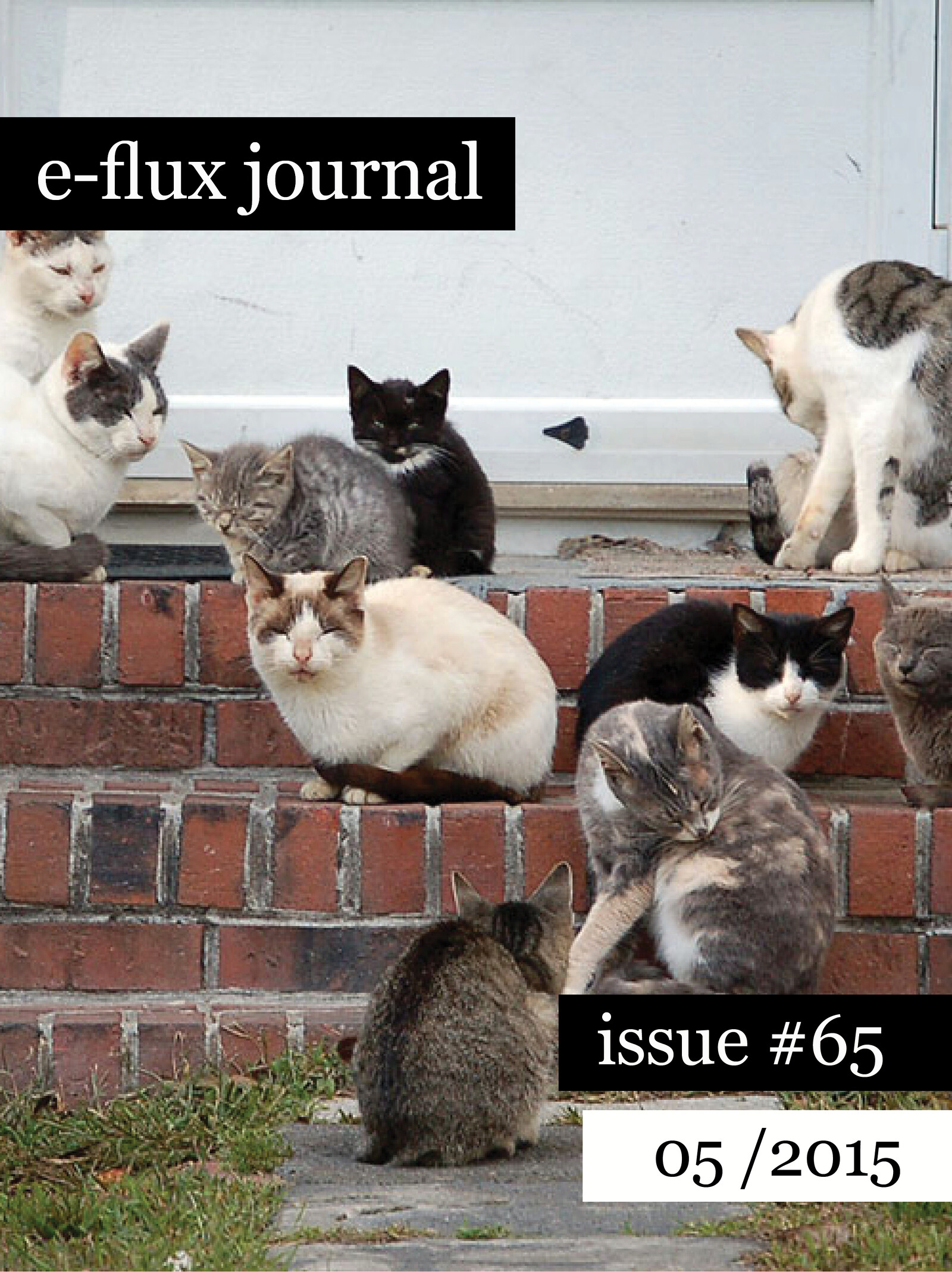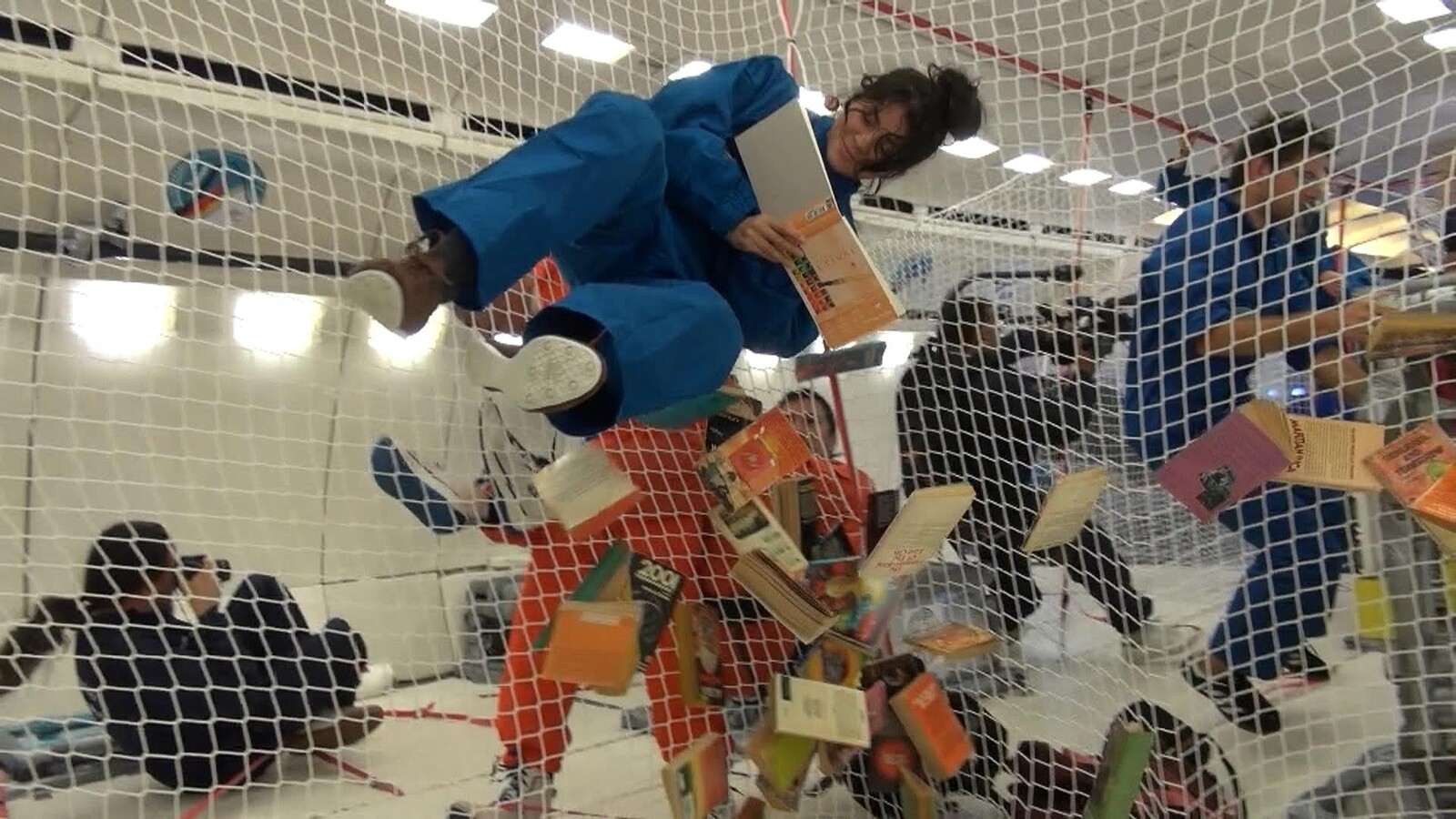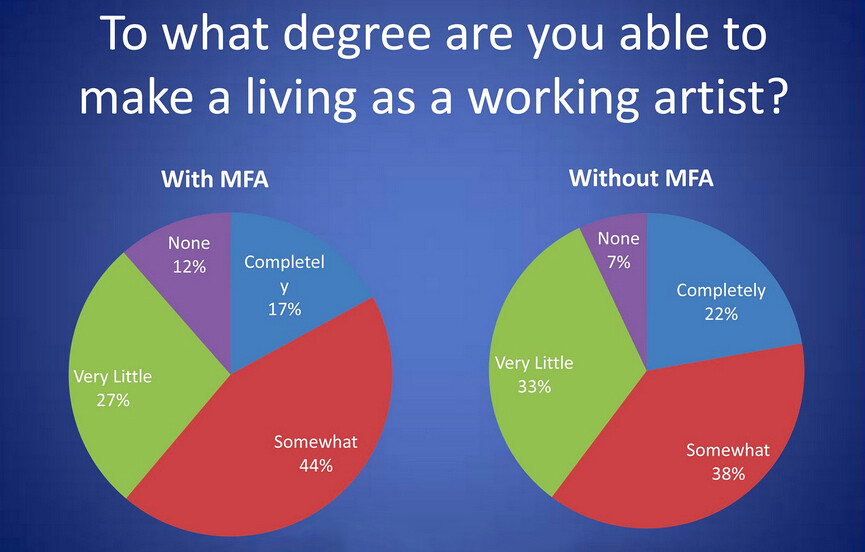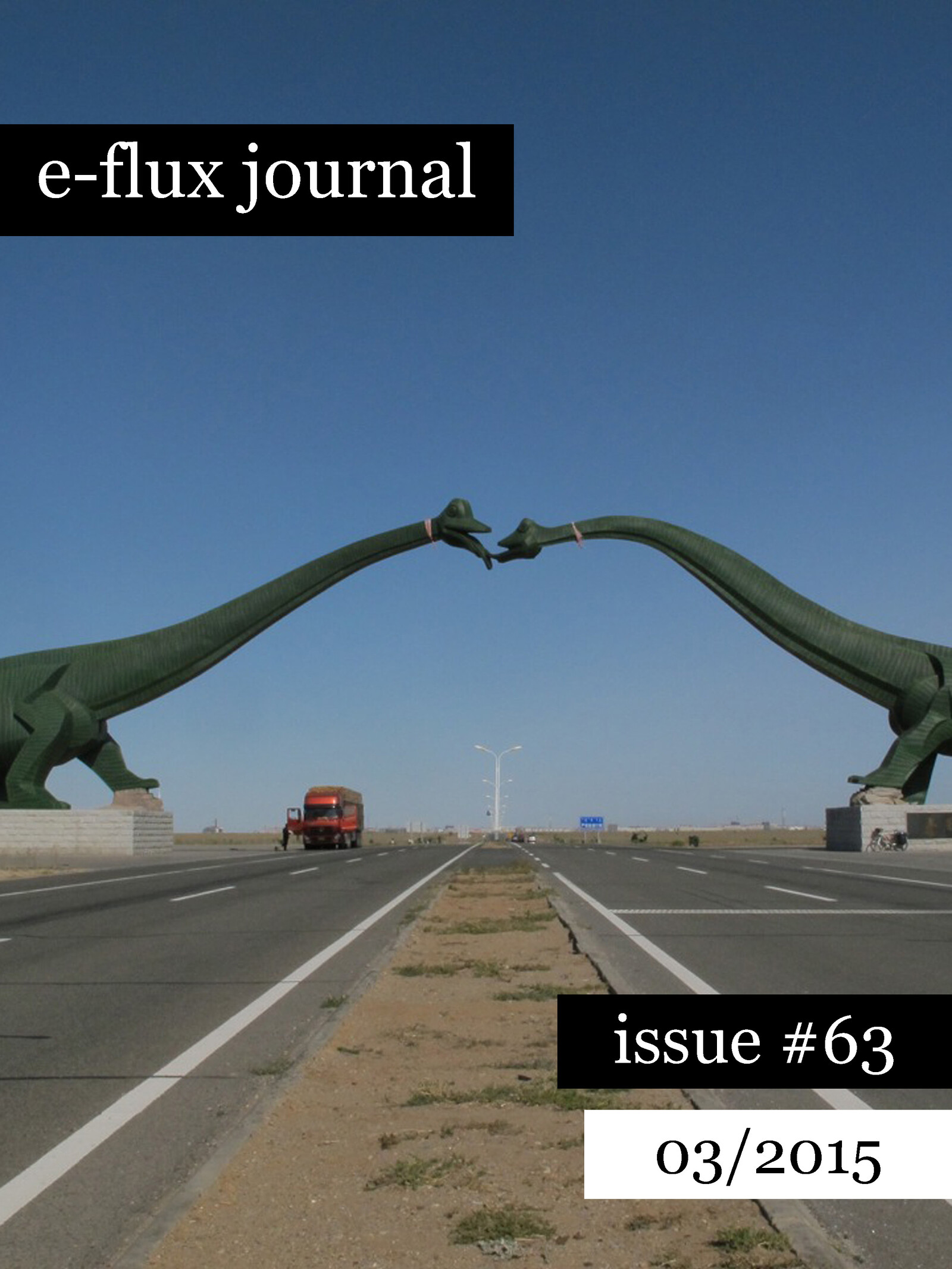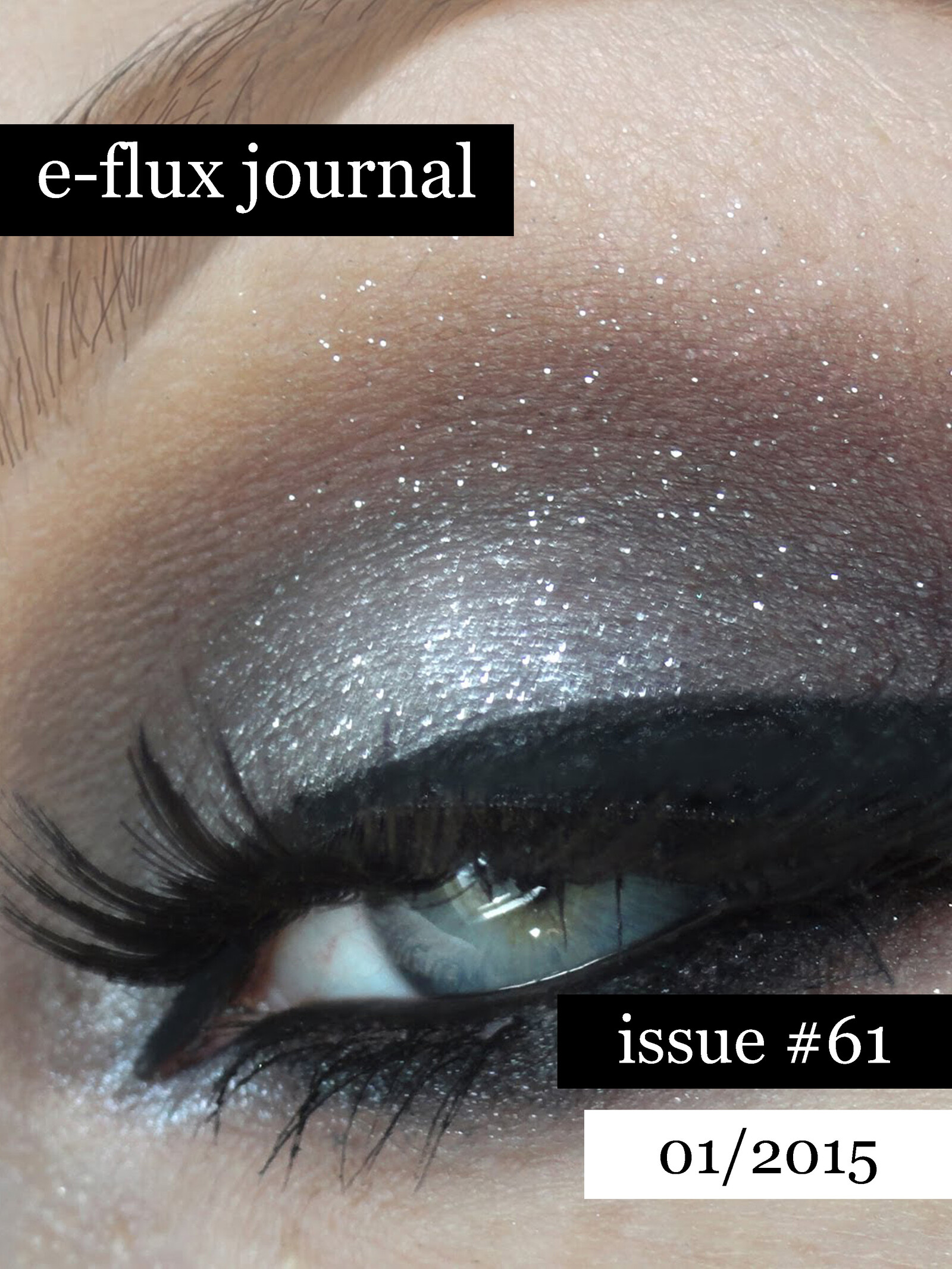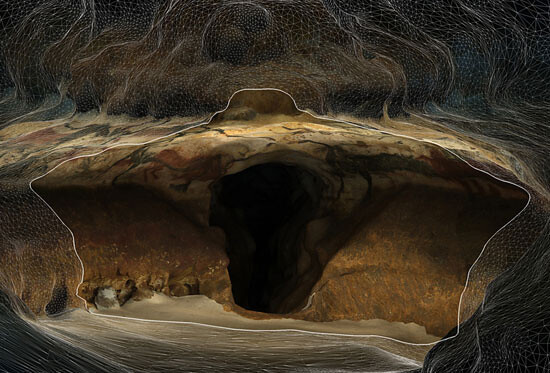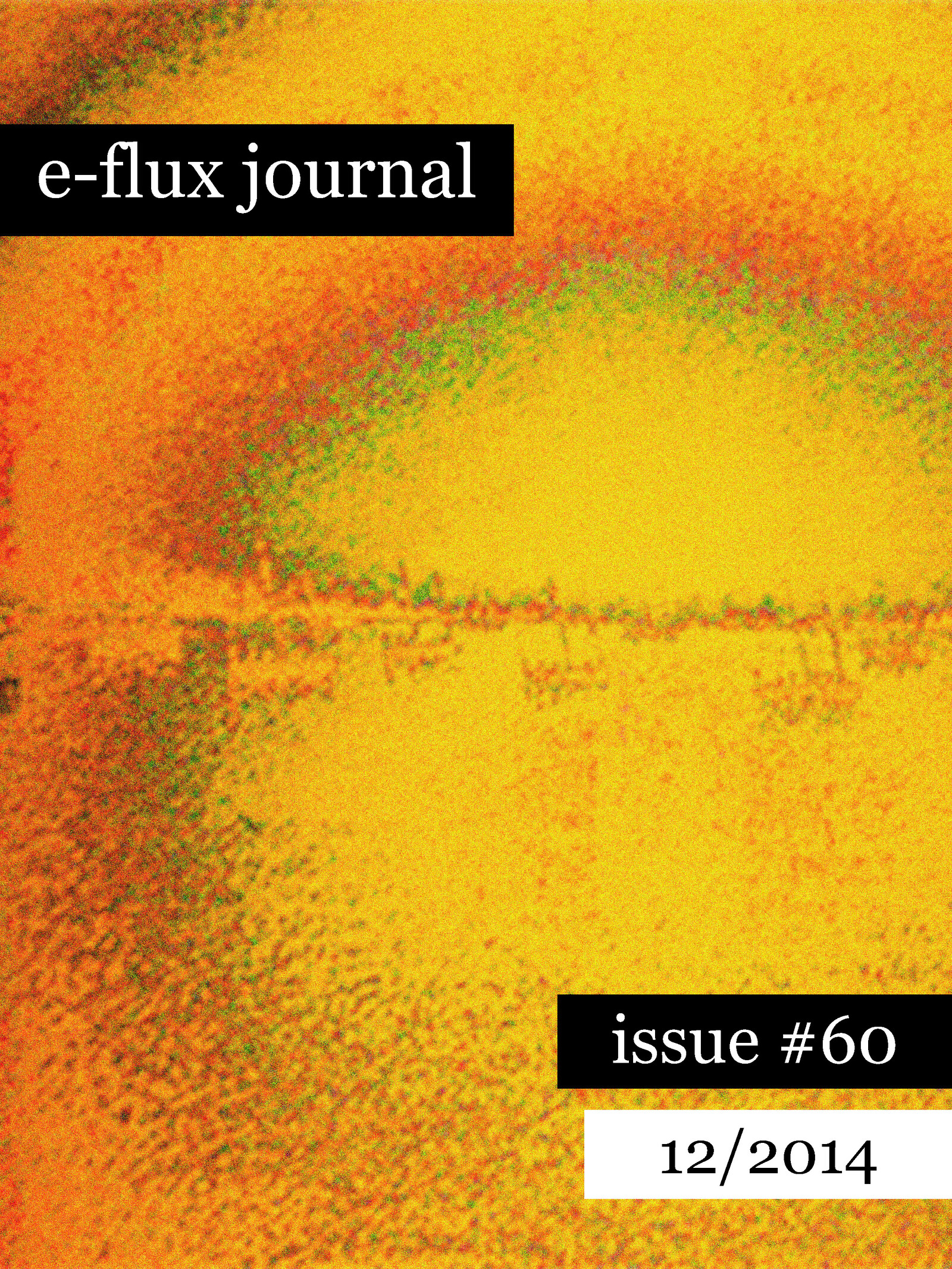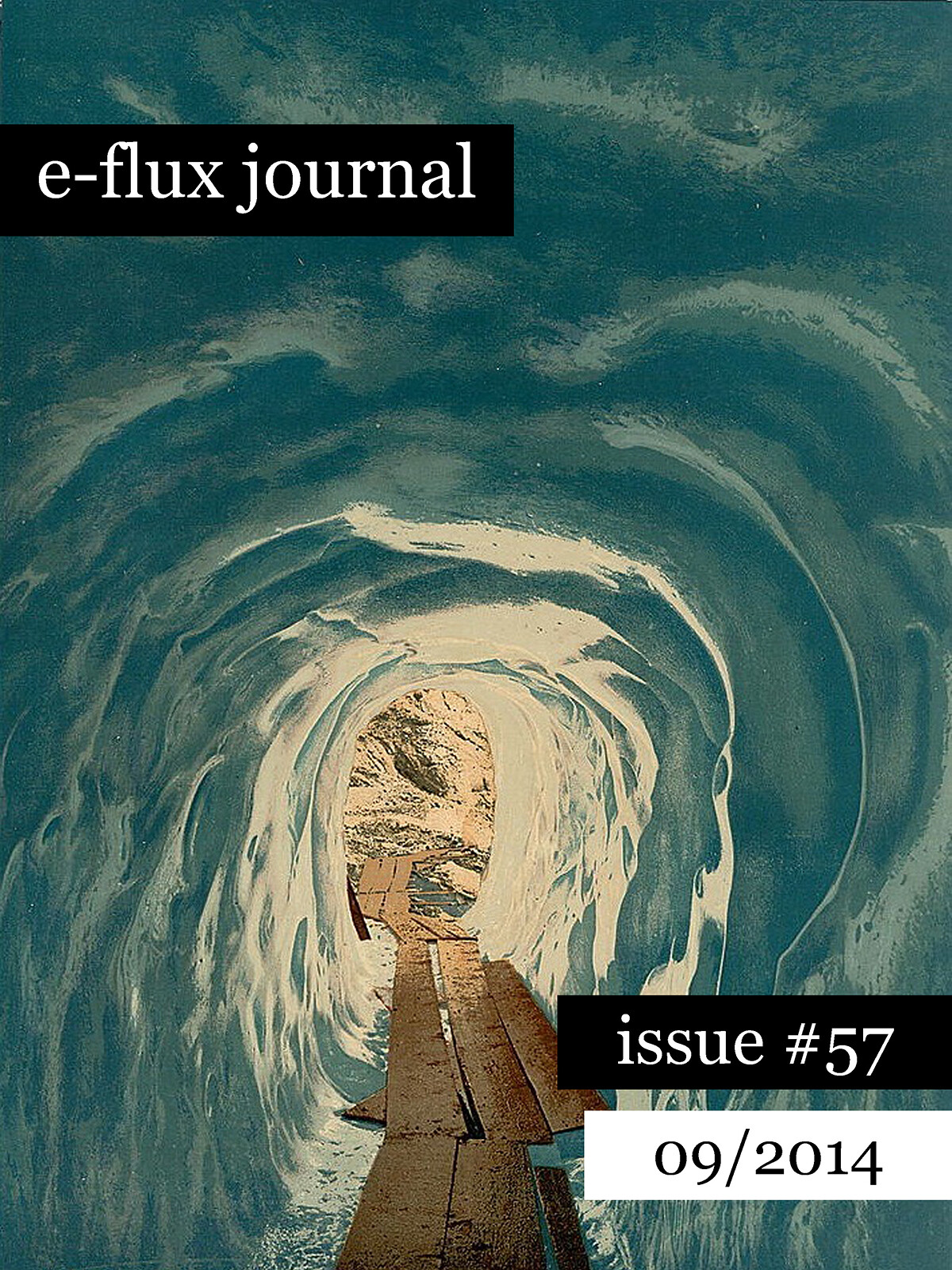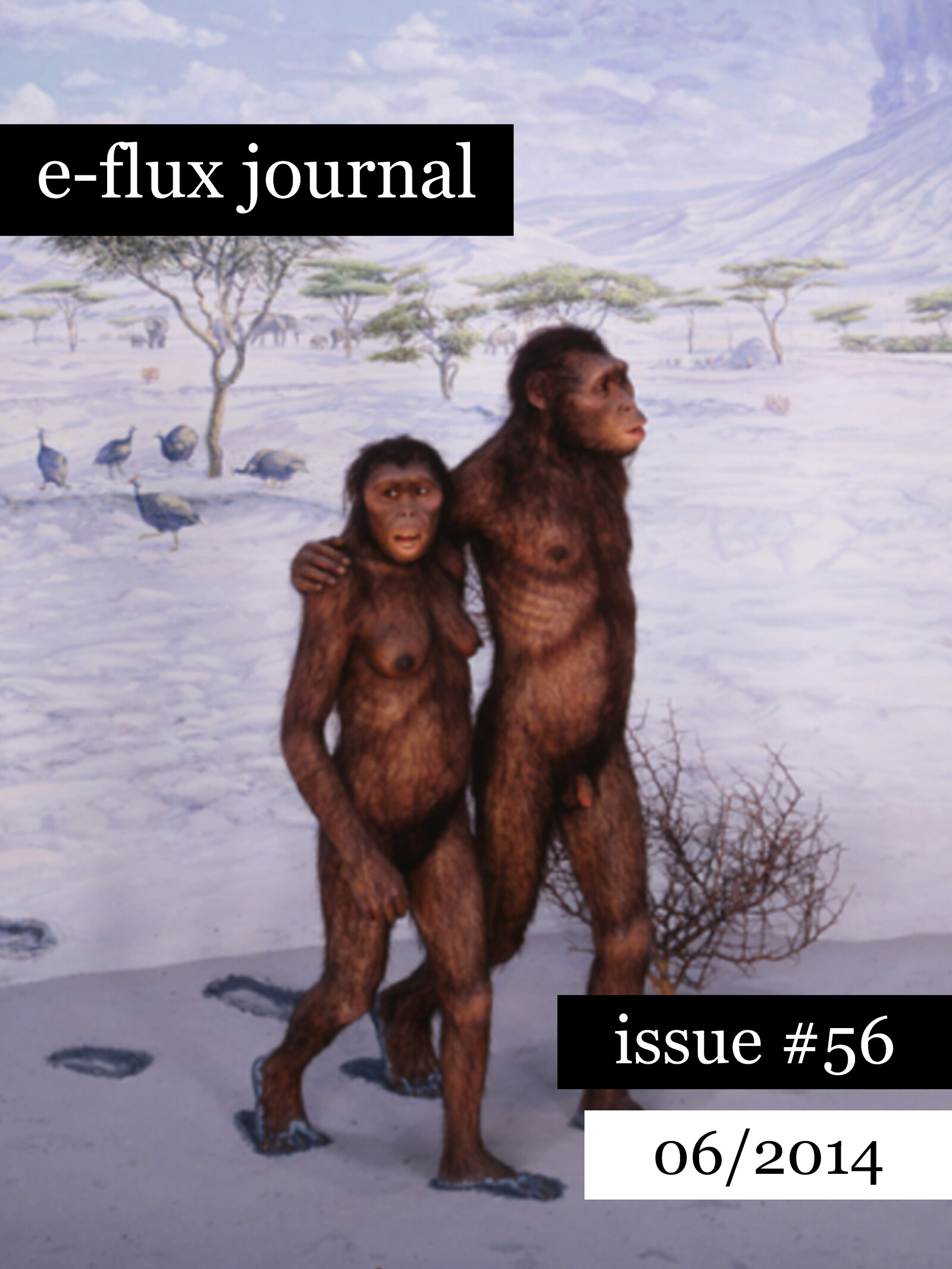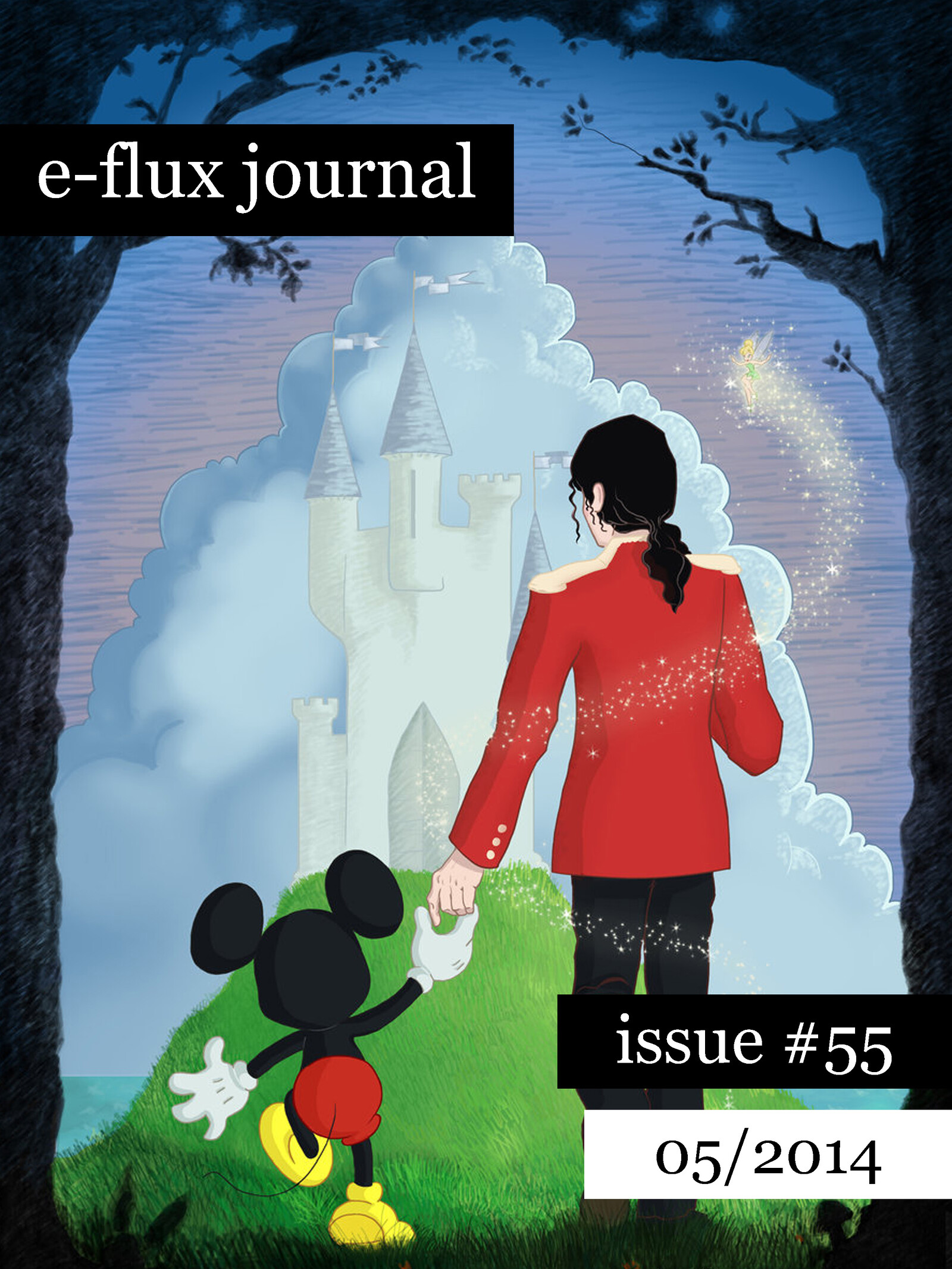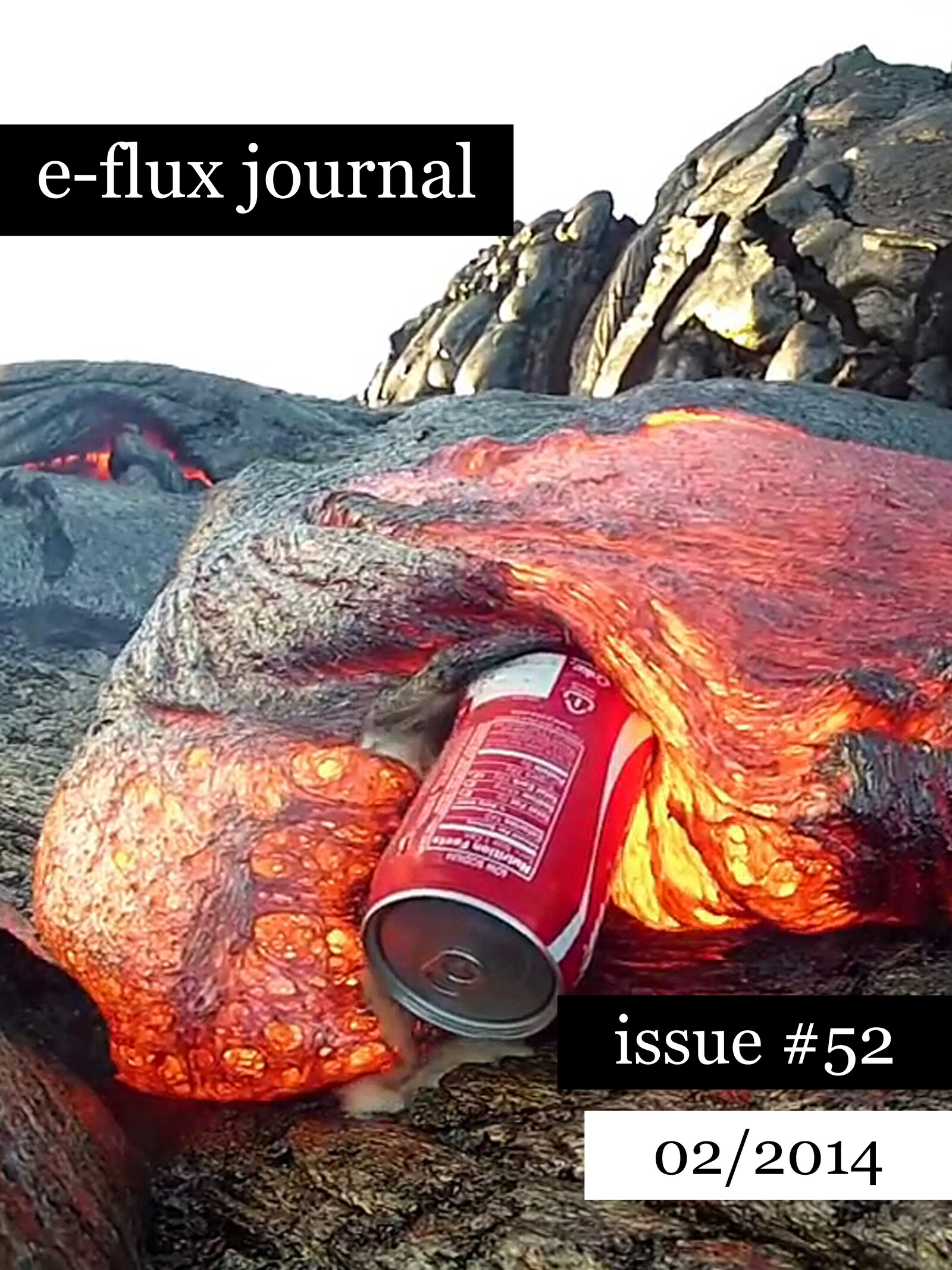Maybe there are other ways of overcoming modernity that remain important for us today. War is not the most desirable thing, though it is always a possibility as long as the sovereign state remains the only reality of international politics, since sovereignty presupposes the possibility of war.
If, since Walter Benjamin—or even since the avant-garde before Benjamin—we have been trying to ask how technology changes the concept of art, as you find in Duchamp, can we now turn the question around and ask how art can transform technology? I think this is an important question not only in a conceptual sense, but also in a diplomatic one. If you were to talk to an engineer about an art project, how would you talk to them? Do you simply want to import this or that technology to create some kind of a new experience? Or do you want to influence how technology is made, how technology is conceived, how technology ought to be developed? I think we can also turn the question around further by asking: How can art contribute to the imagination of technological development?
What is life in a world where I am also the architecture of that world? Until recently, the history of Western scientific development has been a history of a brutal spiritualism, where discoveries of cosmic mechanics only further displace the human observer. I might gain access to God’s computer in a quest to commune with higher forces, only to progressively discover that material forces are programmed as an inhospitable abyss in which my life means nothing. Science might come to the rescue to draw these material forces back under human command, weaponizing and industrializing their power to limit their threat. From Descartes conceding that we possess an exceptional soul in spite of being animate machines and Darwin’s allowing us an aristocratic status in spite of being animals, a brutal self-extinction has haunted (perhaps even guided) the European spiritual imaginary since the Enlightenment. We might eventually consider that mechanical forces and animal survival might have better things to do than conspire to exterminate our human kingdom the moment we observe them. In the meantime, we still need to contend with a world or worlds that serve our every need in the absolute, even amplifying them into architecture, sealing us in and serving us at the same time.
Having no body and no name is a small price to pay for being wild, for being free to move across (some) countries, (some) political boundaries, (some) historical ideologies, and (some) economies. I am the supercommunity, and you are only starting to recognize me.
Francis Fukuyama, and even his mentor Alexandre Kojève before him, warned of boredom, stasis, and homogeneity being characteristics of the “universal homogenous state” that would mark the end of history. As Fukuyama put it: in the post-historical period there will be neither art nor philosophy, just the perpetual caretaking of the museum of human history. And indeed, the phase of contemporary art has also been characterized in discussions over recent years as a reformatting of time into a perpetual present. The contemporary is the now that never ends, the art that circles itself at the tail end of history looking back on defunct ideologies, archiving and polishing them for a future that never arrives.
